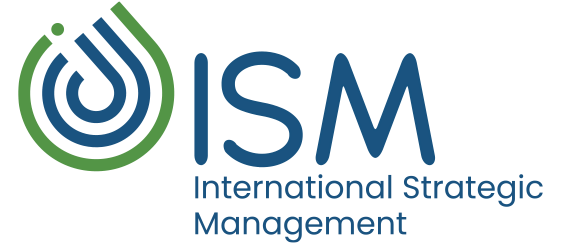Attracting and Retaining Talent
In a recent survey of workshop participants, we learned that 50% were working from home, 35% were working from the office, and 15% were working in alternative locations. I mention this because in today’s environment, attracting and retaining talent means you have to be flexible.
The primary question is: What can you do with what you know today to attract and retain talent?
Those working at home can be distracted — kids, parents, pets in the background, multiple people using the same internet connection at the same time. If you ask them to come to the office, they might have to decline because the kids in school online and aren’t old enough to be home on their own. Knowing that could be a great way for you to provide the best support to your employee. Do you provide a good microphone? Flex hours? Access to the building or team? Would a co-working space help them do better rather than your one office location?
Here are five ways to create a talent pipeline for your business:
Consider working with Interns/Fellows
Not every job requires 40 hours each week. Interns are generally college students you can bring in on a part-time basis. We’ve worked with interns who are happy putting in five hours a month, others who prefer 15. Some want a bit of work experience, some want a bit of extra cash while they finish their education.
Think about tasks that are not urgent — things that can pile up for a while without causing a problem — things that can be tackled in a single day each week or month.
Also consider Fellowships. Fellows are generally individuals with 5-10 years experience, looking to transition from one career to another. Generally speaking, Fellowships run anywhere from a few weeks to 3 years, with that person assigned to a very specific task.
Go Co-op with a College or University
Co-op programs allow people to attend school halftime and work half time. Within a few years they could transition into full-time employees.
Create Flexible Scheduling
We’re seeing an increase in creative scheduling. The “4944” schedule has become popular, which gives employees the option to work — for example — nine hours per day Monday-Thursday, then only four hours on Fridays. The 3-2 concept really took off with the pandemic — three days at the office, two days at home, two days off, and you could rotate the days based on your company’s business hours. There is no right or wrong here. Do what works for you and your business.
Consider your “Package”
We’ve heard some interesting stories about the “packages” being offered by some companies — double the salary offered by competitor, mental heath days, long weekends, and many other options. It’s not always about the money — more often, attracting and retaining talent is about flexibility.
Create an Attractive Company Culture
What are the characteristics of the talent you wish to attract? What kind of experience do you wish them to have while in your employ?
Culture is much more powerful than strategy. Create a culture that attracts and retains top talent. Those coming into the workforce these days are focused on the entrepreneurship mindset. They don’t necessarily intend to BE an entrepreneur, but they look for creative freedom within an organization. It is a way of thinking — going way beyond “This is the way it’s always been done.”
Summary
To attract and retain talent in today’s working world, you must understand the physical, emotional, and social needs of those coming into the workforce, regardless of their age. Offering competitive wages, flexible hours, location options, and working with local agencies such as colleges or business incubators can go a long way in attracting top talent to your business.
 USA / English
USA / English عربى
عربى Pусский / Россия
Pусский / Россия